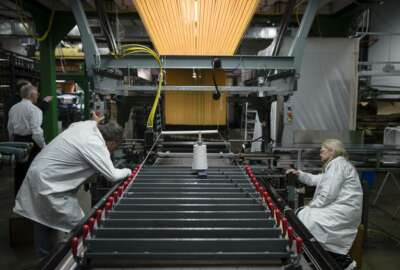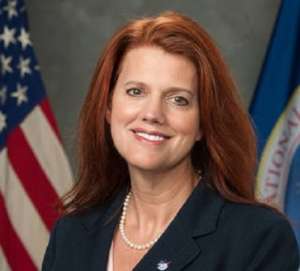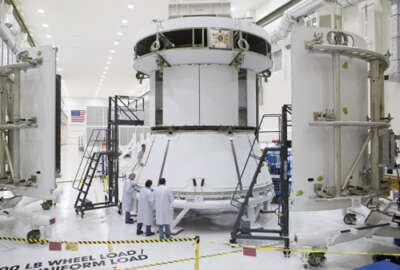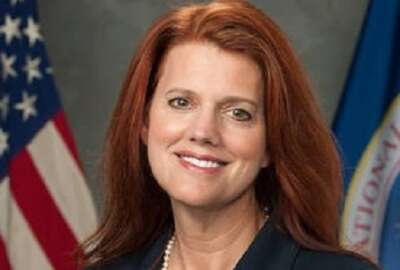
NASA prepares to have launch process ready for SLS in 2019
While most people only think of the final few moments of a launching a NASA spacecraft, the full process spans two well-choreographed days.
While NASA’s Exploration Systems Development is busy preparing the Space Launch System for its next mission, Exploration Ground Systems is preparing for the launch itself. Charlie Blackwell-Thompson, the launch director, said that most people only think of the final few moments of a launch countdown, but the full process spans two well-choreographed days.
And despite a projected launch date in December 2019, the preparations for that launch are already well underway.

“From a launch countdown development perspective, I would tell you we are making very good progress with our procedures, with our schedules, with the training of our teams,” Blackwell-Thompson said on Agency in Focus – NASA. “Now, we still have work to do there, certainly. And a lot of that work will start in earnest next year with the training in particular.”
The timing is critical in these launches – the two day process has to conclude within a window of only a couple of hours. That’s more margin of error than NASA had during the space shuttle era; the launch windows then were only about 10 minutes. That gives them the opportunity to try to wait out inclement weather, or handle any problems that might arise.
Toward that end, there are also hold points built into the countdown, Blackwell-Thompson said. These are places to stop, take stock of where all the teams are in the process, catch up if they’ve fallen behind and get synced before moving on to the next milestone.
“There is absolutely something behind that day and minute, and we have a team of folks at Johnson Space Center that look very closely at the flight aspects of the vehicle, when precisely we need to launch it based on where we’re going,” she told the Federal Drive with Tom Temin. “And there’s a lot of things that are taken into account with that. It’s not just the trajectory and our destination. It’s also various requirements we may have for when we’re going to land.”
One of the major milestones, she said, is the actual fueling of the engines, known as cryogenic loading. Its name references the liquid oxygen and hydrogen fuel which must be kept at very cold temperatures to remain liquid. But she said that is the commitment point; they don’t load the tanks if they’re not likely to launch.
“The first part of it is really that ‘no kidding, we’re gonna make a run at launch,’” Blackwell-Thompson said. “It’s a milestone as part of the countdown. The other reason that it’s significant is that we are loading this cryogenic fuel and oxidizer into the core stage as part of our launch countdown operations. So it’s a very tightly choreographed loading sequence.”
Much of Blackwell-Thompson’s experience, like many of the people on her team, came from the space shuttle program. While she’s learned many things from her historical predecessors, she’s excited for the opportunity to build something new from the ground up.
“To me, one of the really neat things about where we are in this endeavor is that we have an opportunity as we develop the flight hardware, as you’re developing the processes for the first time, you have an opportunity to shape those things,” she said. “And some of those things you can’t change, maybe on historical programs because you were already operational. You have an opportunity to build it from the ground up. There’s something really fulfilling about that for me.”
Copyright © 2025 Federal News Network. All rights reserved. This website is not intended for users located within the European Economic Area.
Daisy Thornton is Federal News Network’s digital managing editor. In addition to her editing responsibilities, she covers federal management, workforce and technology issues. She is also the commentary editor; email her your letters to the editor and pitches for contributed bylines.
Follow @dthorntonWFED





